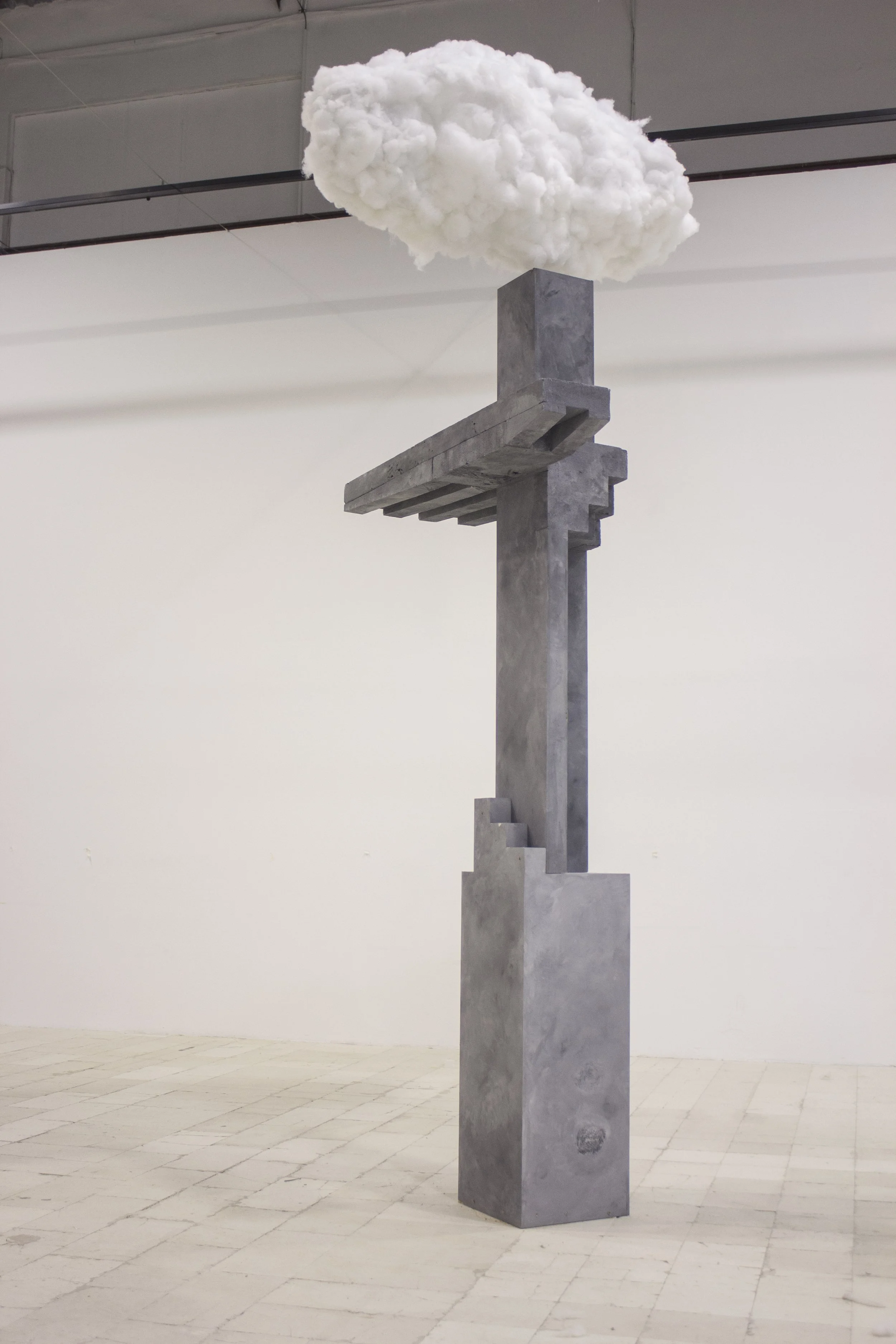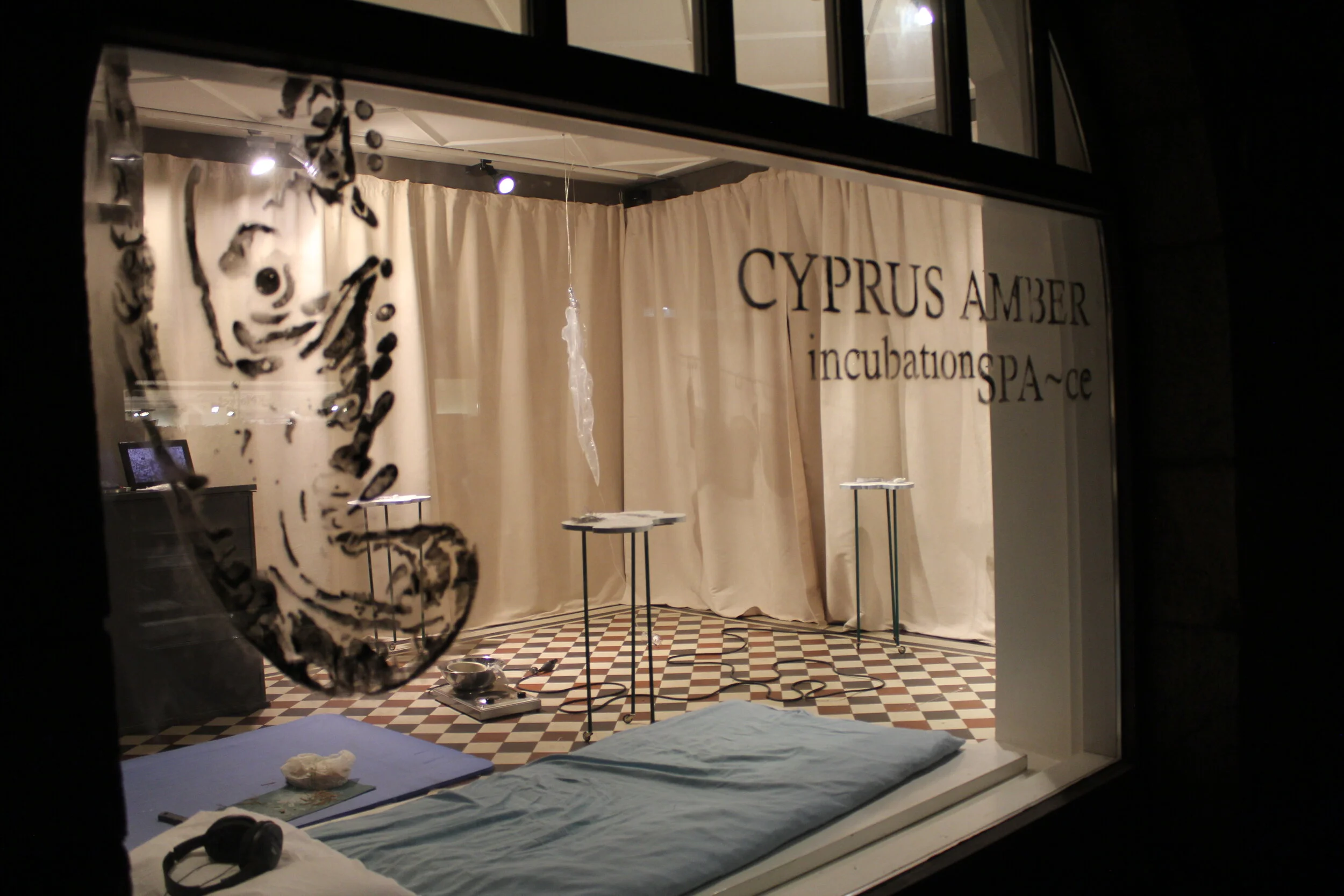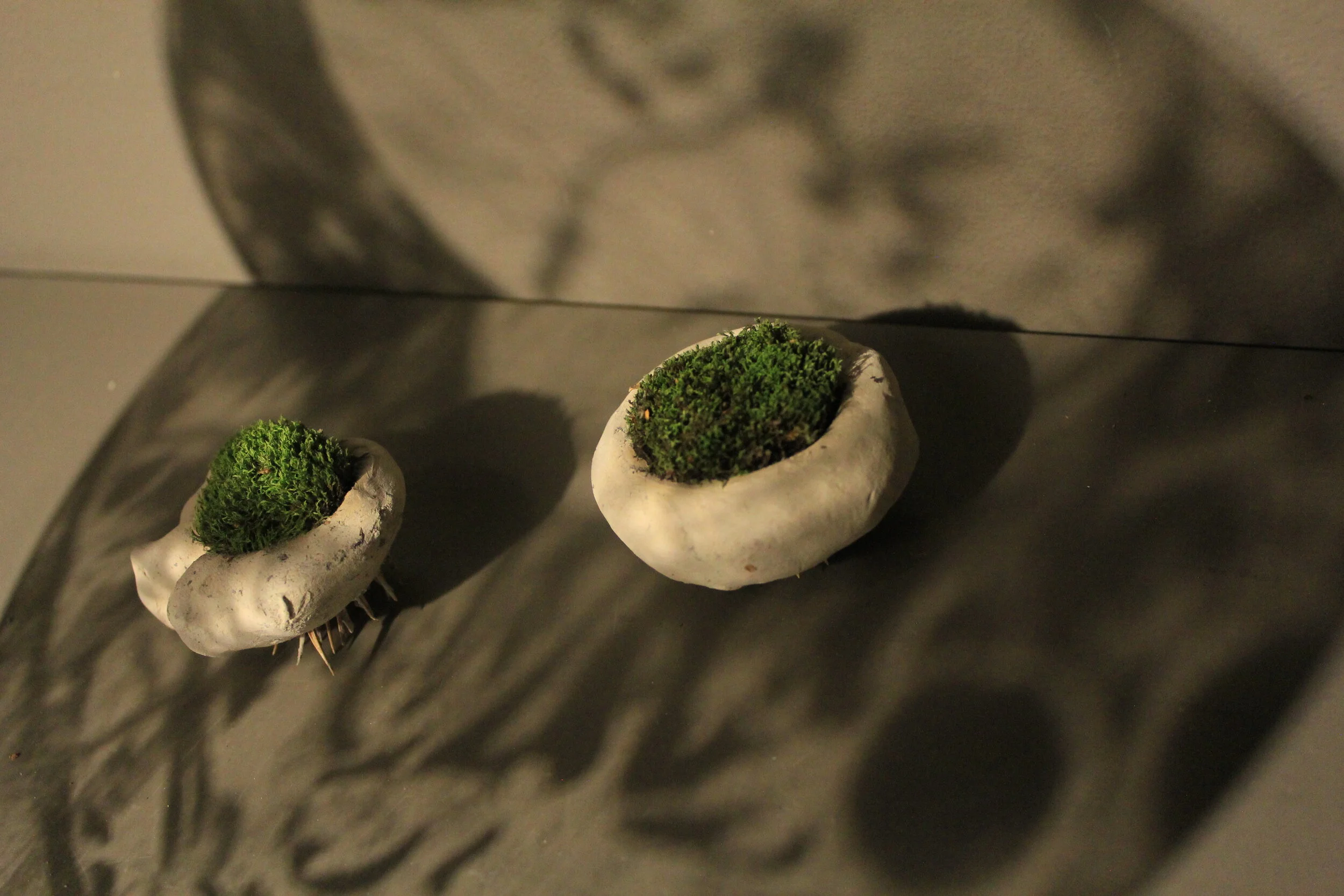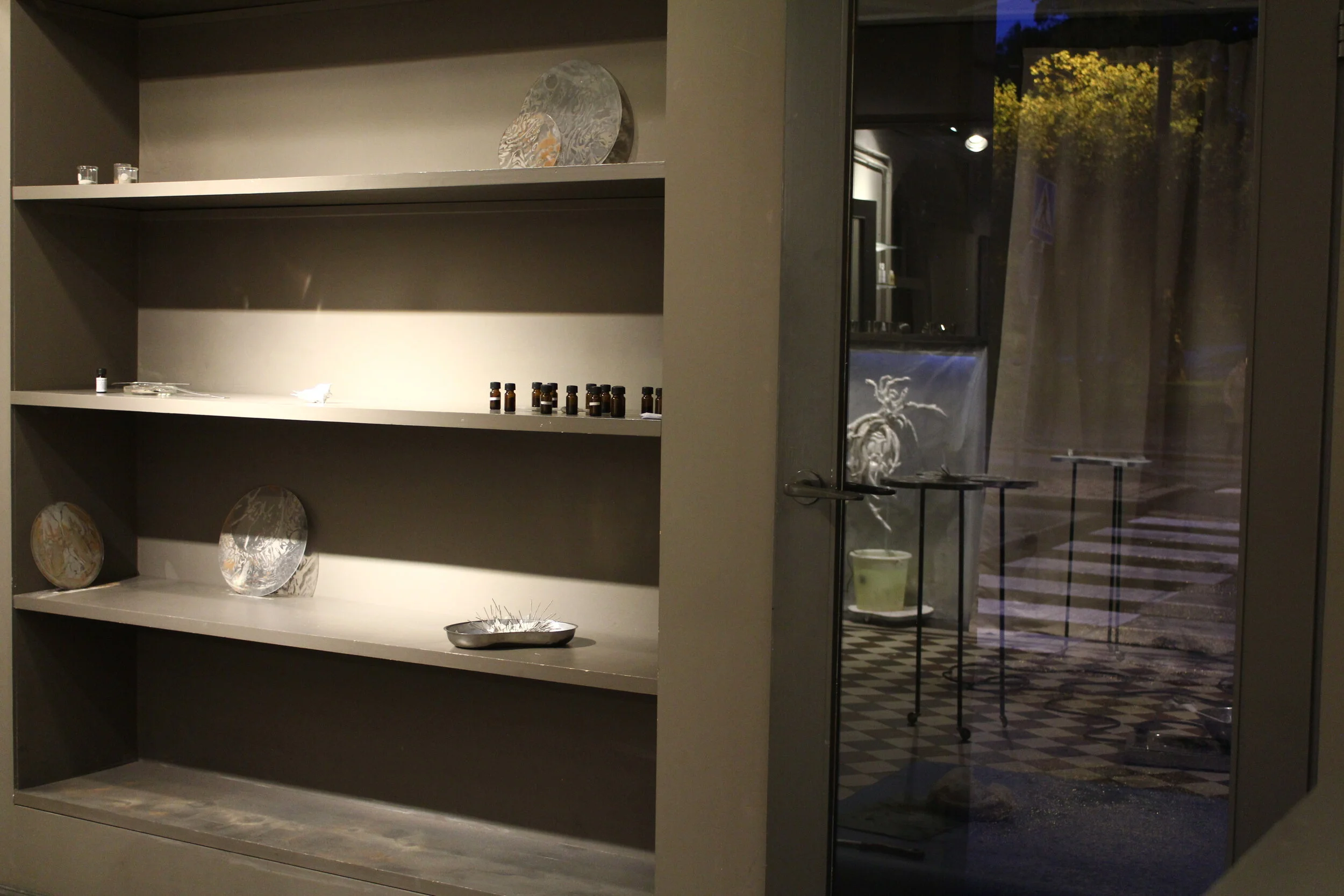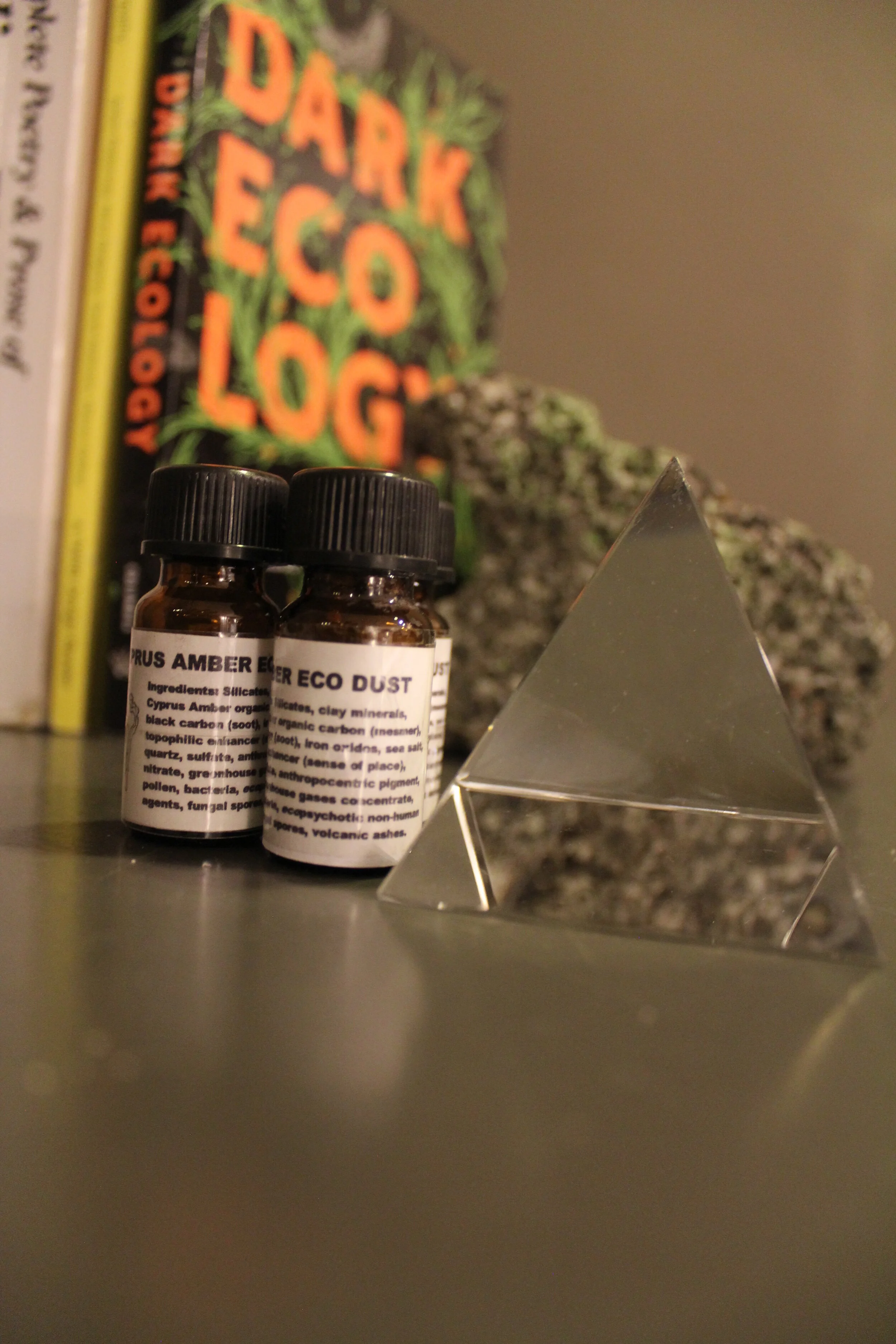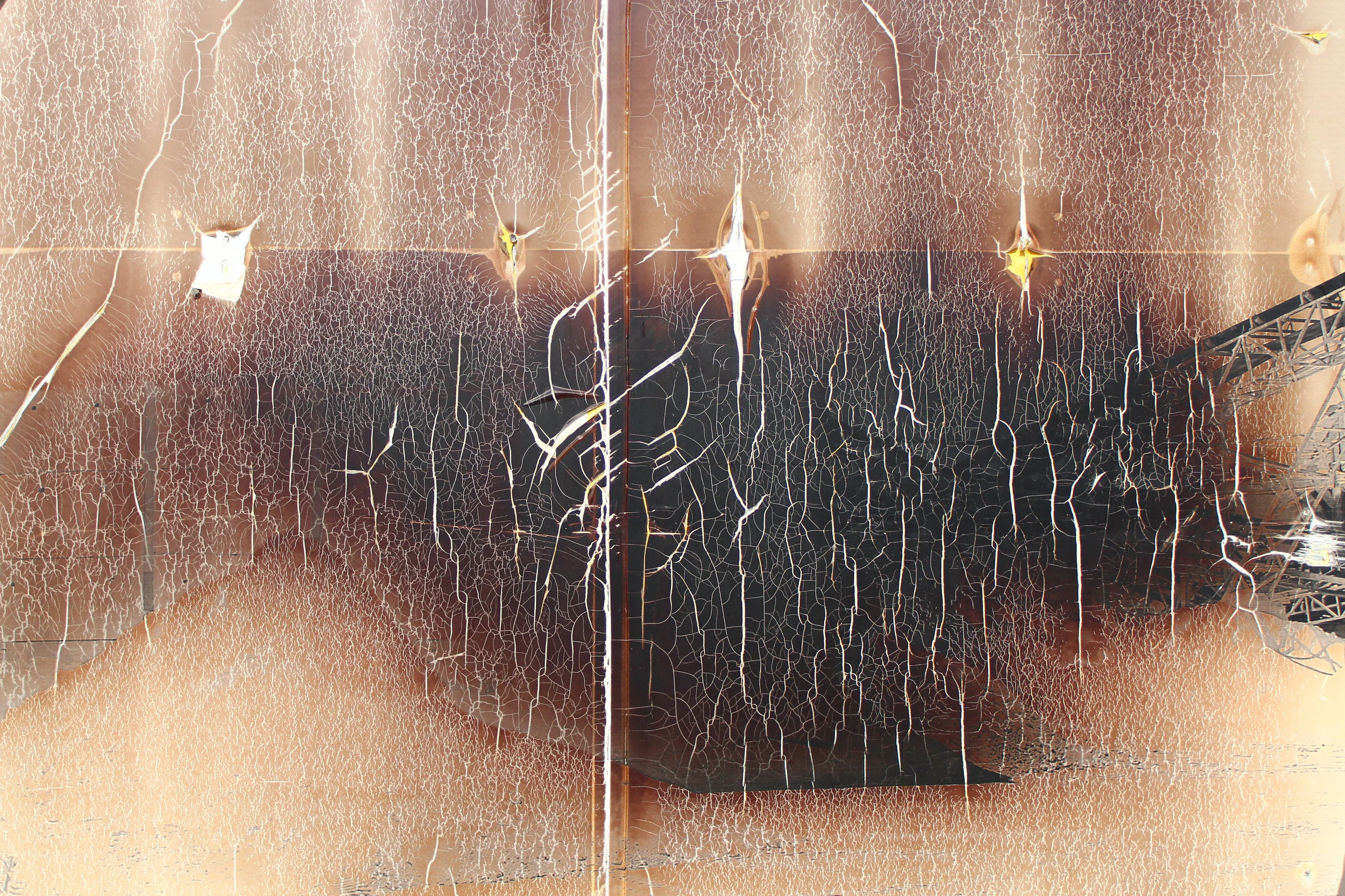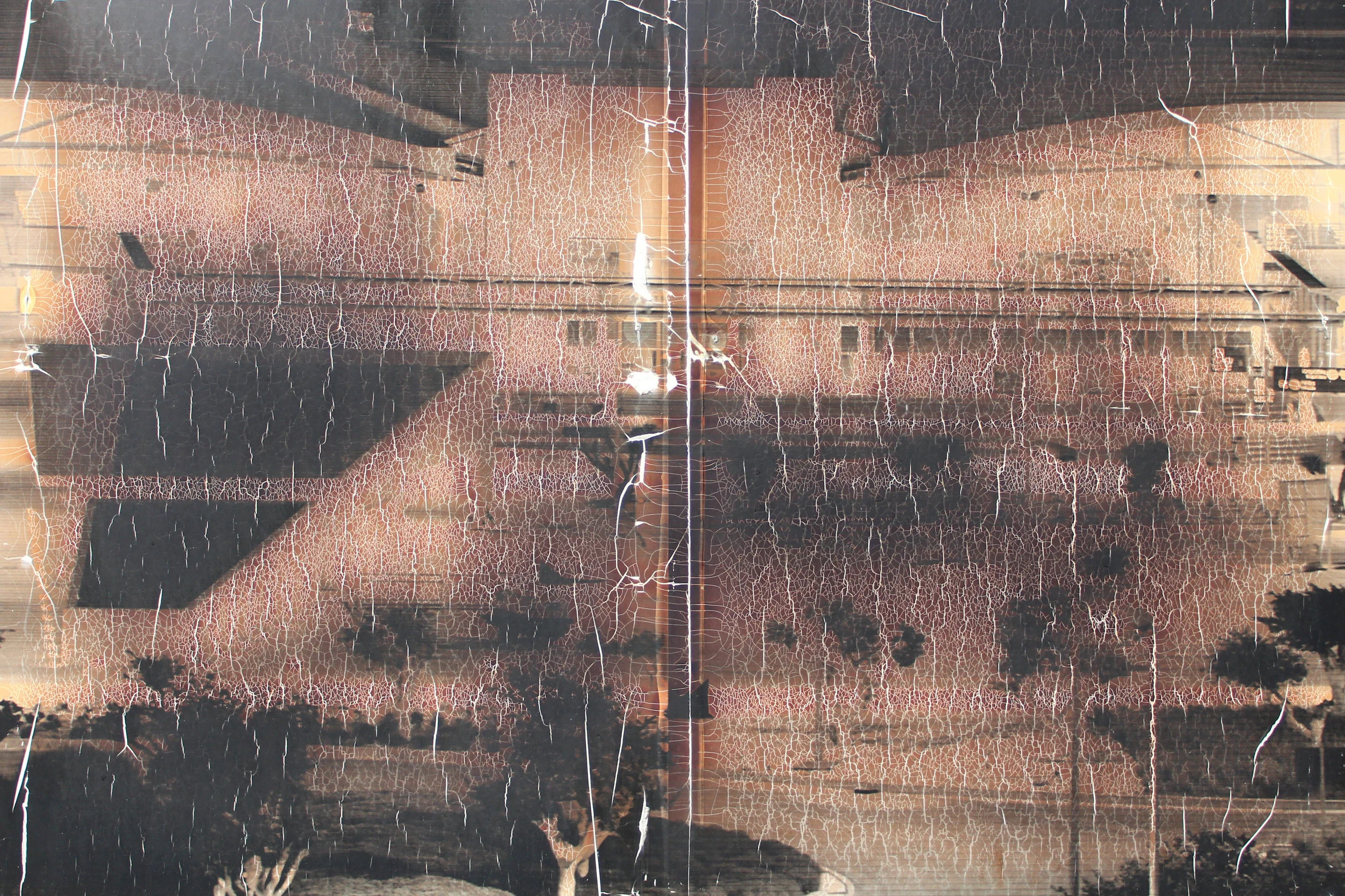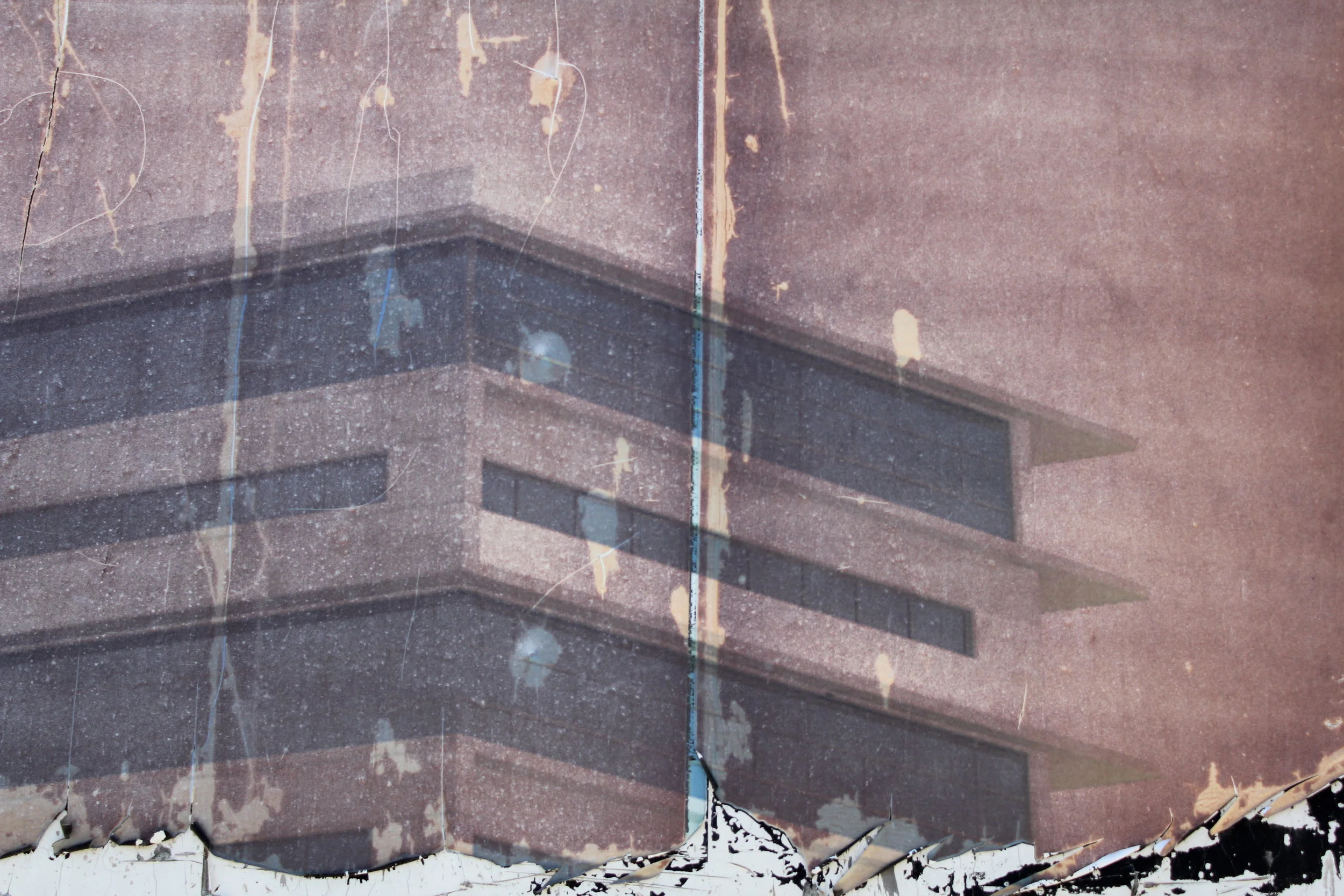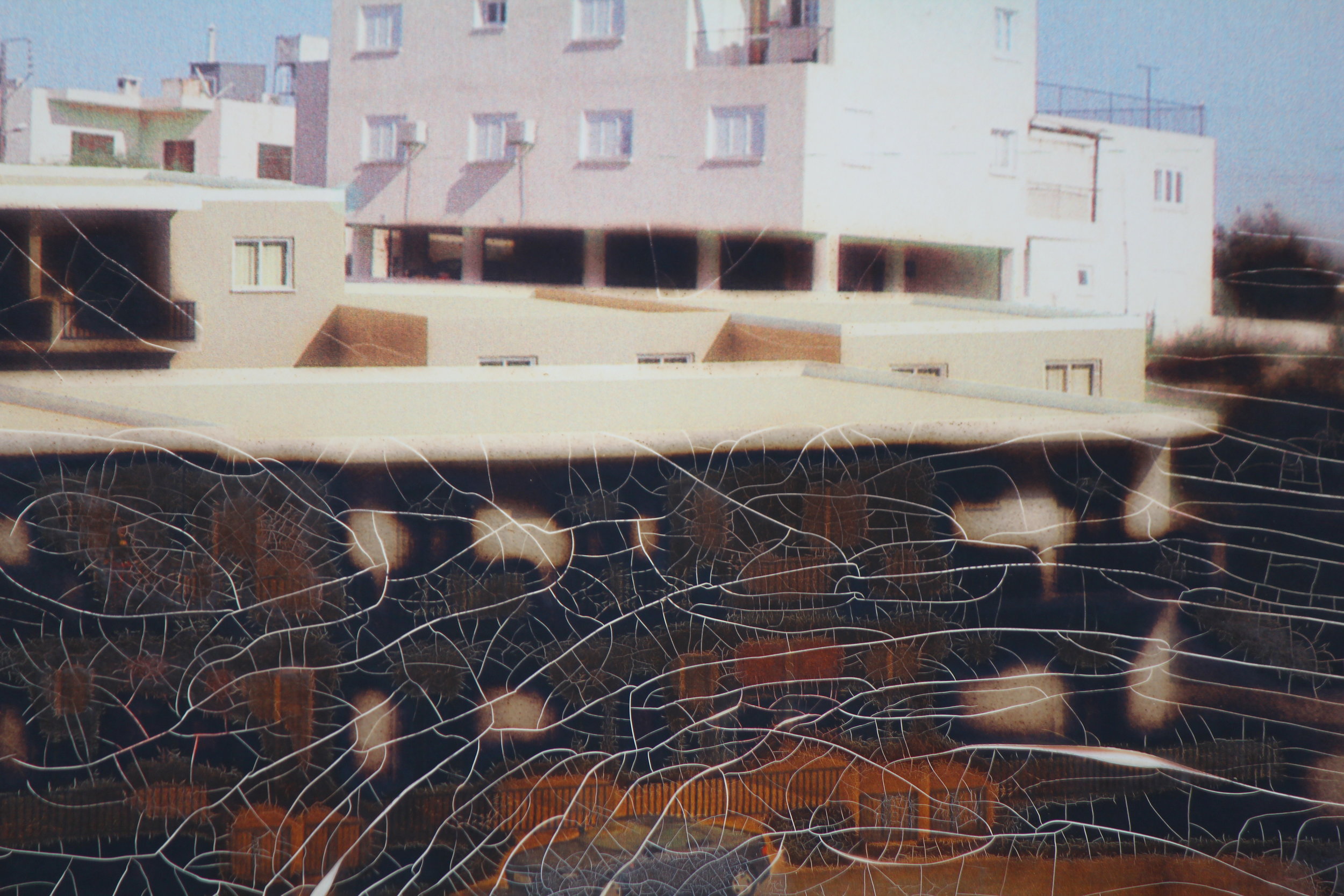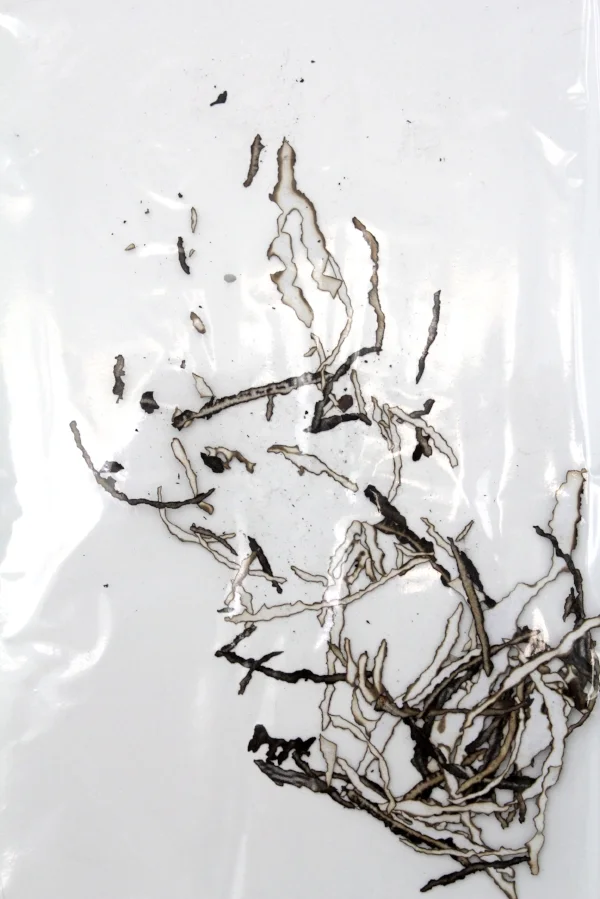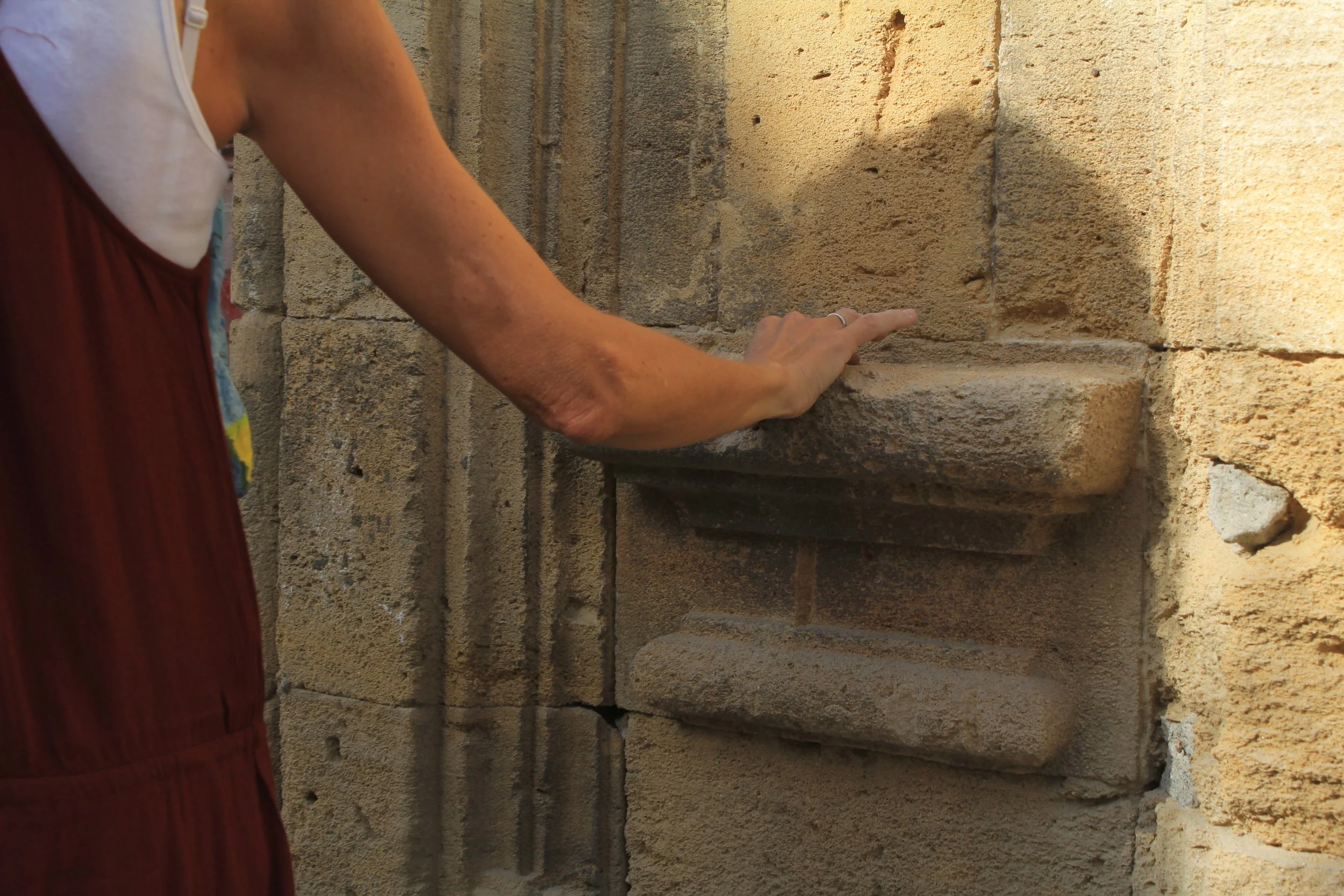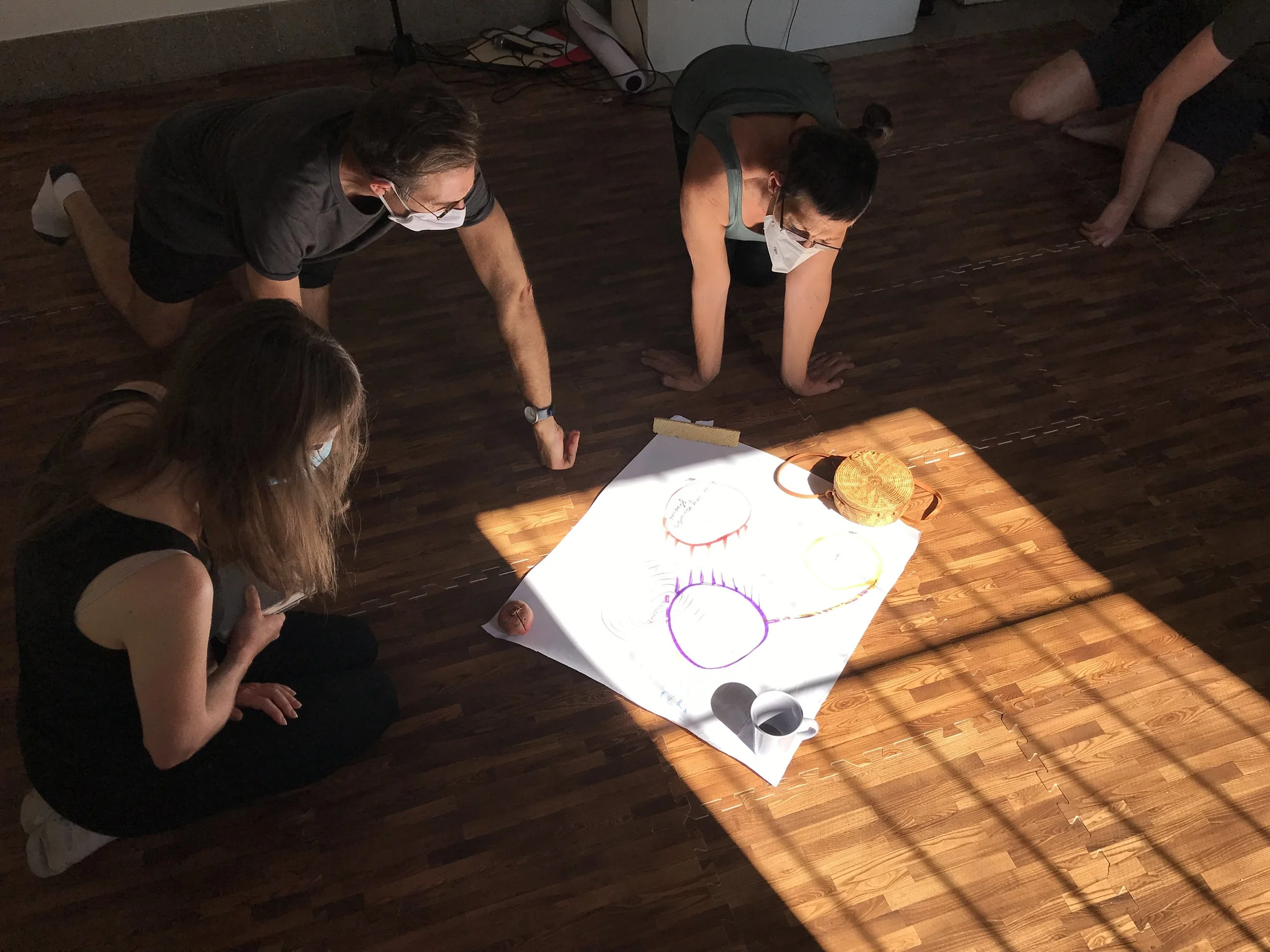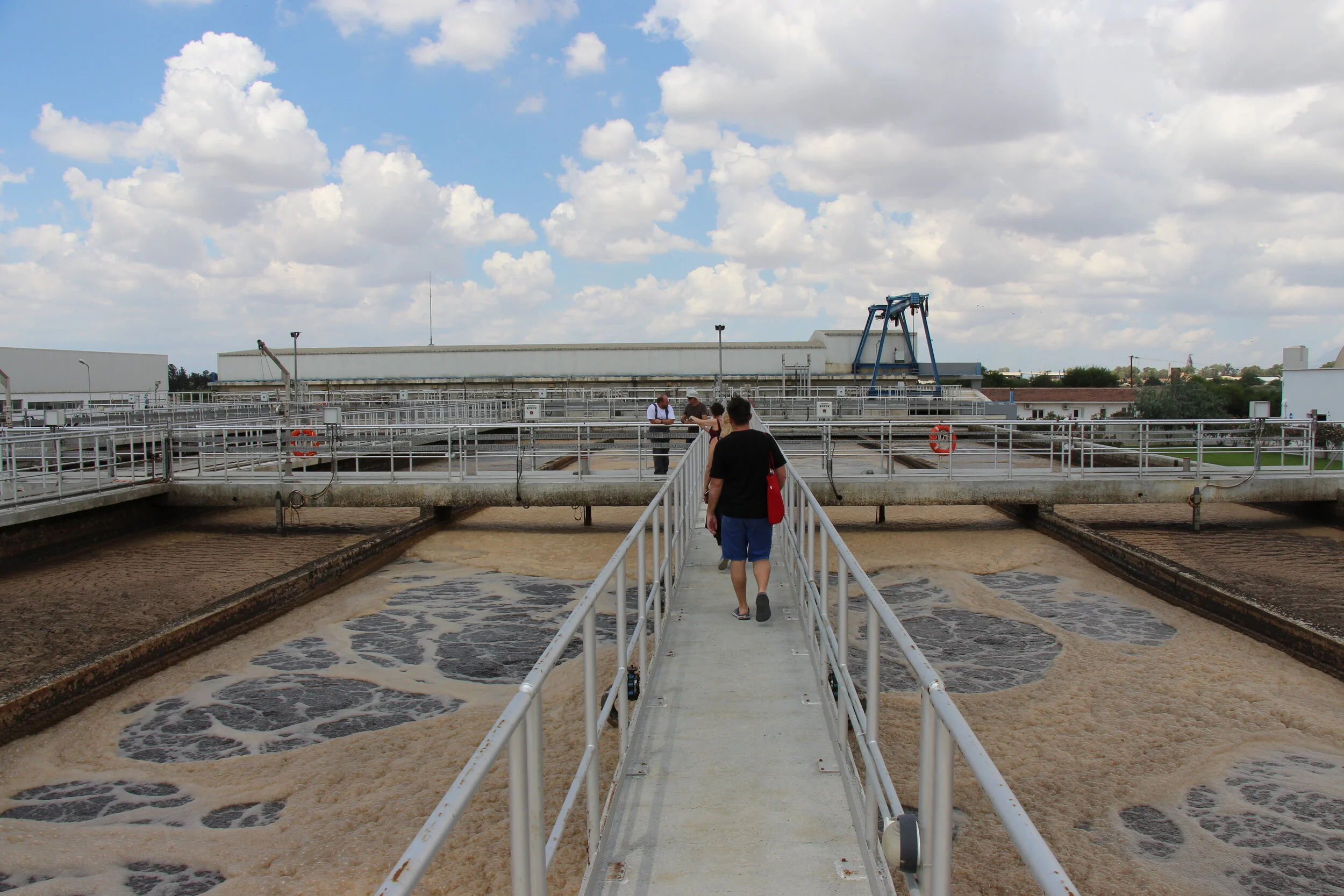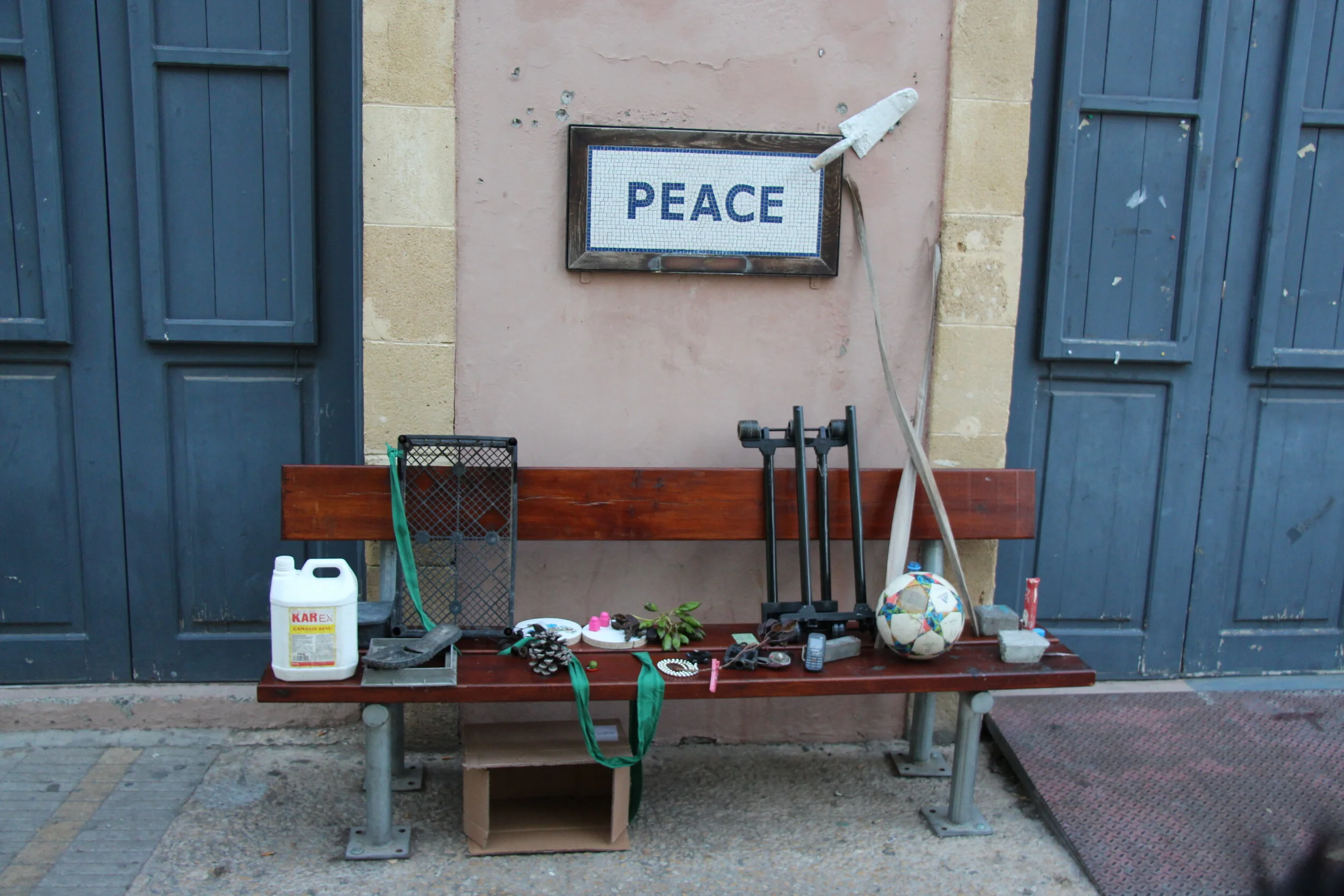LA MEDITERRANEE - Evagoras and Kathleen Lanitis Foundation, under the auspices of the Cyprus Presidency of the Council of the EU, Limassol, Cyprus, 2012
Mixed media installation: slide show, found objects, pencil on engravings, maps, archival material, print on vellum, print on papyrus, video, 4:25, museum cases, maps, books. Dimensions: variable
This interdisciplinary hypothesis is a soft scientific model composed of historical data, including human artefacts and writings, of how the eastern Mediterranean of the Old World suffered one of the greatest disasters in history.
"There have been and there will be many destructions of mankind, of which the greatest are by fire and water, and lesser ones by countless other means. the truth of it lies in the occurrence of a shifting of the bodies in the heavens which move around the earth, and a destruction of the things on the earth by fierce fire, which recurs at long intervals." Plato, Timaeus, 22 C-D.
"There is a period, called the supreme year by Aristotle, at the end of which the sun, moon, and all the planets return to their original position. This 'supreme year' has a great winter, called by the Greeks kata-klysmos, which means deluge, and a great summer, called by the Greeks ekpyrosis, or combustion of the world. Censorinus, Liber de die natali xviii.
The discovery that objects from the Neolithic and Early Bronze Age, carry patterns associated with spectacular shapes caused by plasma column instabilities - that have only recently been studied through experiments- provides a possible insight into the origin and meaning of these ancient symbols produced by man. The following presentation directly compares these patterns, focusing primarily on pictograms and petroglyphs from Malta and Cyprus, with the graphical and radiation data derived from plasma experiments, conducted by Dr. Antony Perrat in Los Alamos laboratories.
It is found that from millions of archaic petroglyphs, about 40% can be classified according to plasma stability and instability data. As the same morphological types are found worldwide, the comparisons suggest the occurrence of a high-energy-density auroral storm, with a possible peak around 3100 BC, as might be produced by a solar wind of increased magnitude or other plasma interactions with earth's ionosphere
The scientific possibility that such an auroral pillar, which was assuming different shapes at various times and was reaching from the horizon to the highest region of the sky , was observed at some time during the Holocene, implies an explanation for the 'protomyth' derived from the comparative study of a near-universal template of creation mythology and ancient cosmologies. To date, an abundance of palaeo-climatological evidence points at environmental disasters that took place at various times during the Holocene, while archaeological evidence suggests that human societies suffered heavily from these. Physical and other effects of such an enhanced aurora, such as an excessive influx of cosmic debris or geological , biological and psychic responses to increased cosmic radiation might be traceable.
"There is a period, called the supreme year by Aristotle, at the end of which the sun, moon, and all the planets return to their original position. This 'supreme year' has a great winter, called by the Greeks kata-klysmos, which means deluge, and a great summer, called by the Greeks ekpyrosis, or combustion of the world. Censorinus, Liber de die natali xviii.
"The huge earth groaned. … A great part of the huge earth was scorched by the terrible vapor and melted as tin melts when heated by man's art . . . or as iron, which is hardest of all things, is softened by glowing fire in mountain glens". Hesiod, Theogony
"At a later time there occurred portentous earthquakes and floods, and one grievous day and night befell them, when the whole body of your warriors was swallowed up by the earth, and the island of Atlantis in like manner was swallowed up by the sea and vanished; wherefore also the ocean at that spot has now become impassable and unsearchable, being blocked up by the shoal mud which the island created as it settled down." Plato, Timaeus, 25 C-D
"Four times in this period (so they told me) the sun rose contrary to his wont; twice he rose where he now sets, and twice he set where he now rises."
In the second book of his history, Herodotus relates his conversations with Egyptian priests

